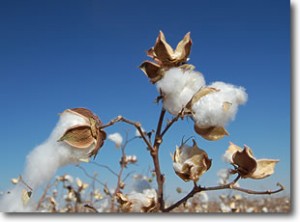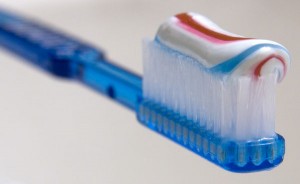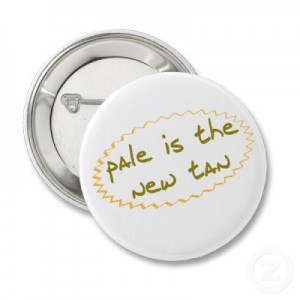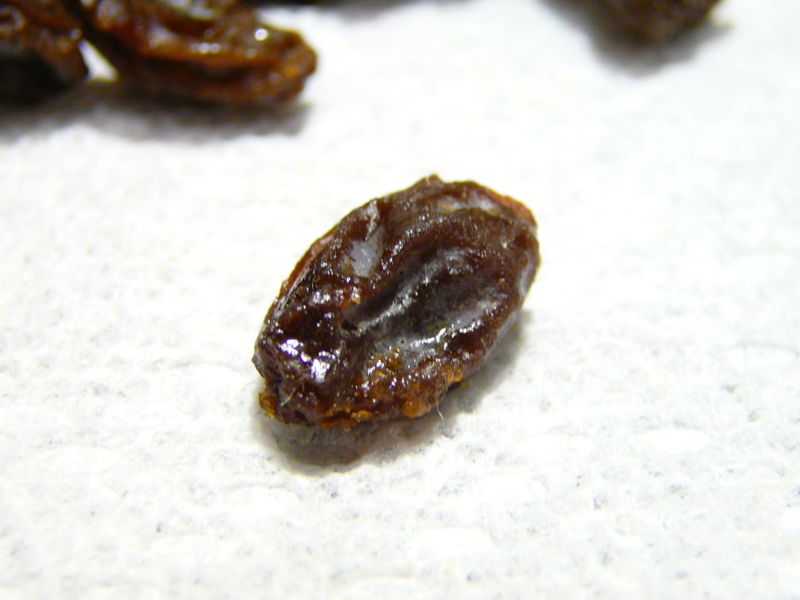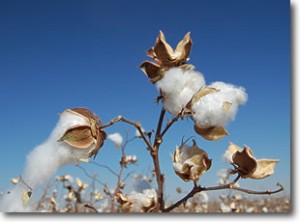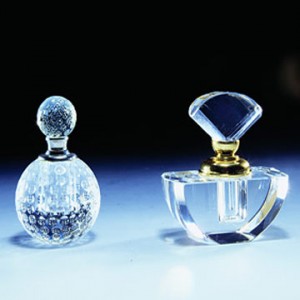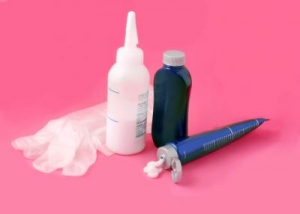Let Thy Food be Thy Medicine and Thy Make Up
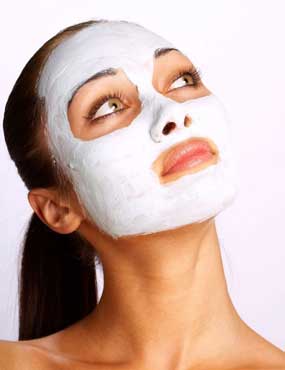 I am currently in a class at UVM entitled Women’s Health and the Environment. One of the most recent topic we've explored is the crazy and dangerous world of cosmetics.
I am currently in a class at UVM entitled Women’s Health and the Environment. One of the most recent topic we've explored is the crazy and dangerous world of cosmetics.
We've been reading Not Just a Pretty Face by Stacy Malkan, which explores the highly unregulated, highly toxic cosmetic industry. Many hazardous chemicals are found in popular consumer cosmetics and beauty care products. Look no further than the Skin Deep Database to see what is hiding in your favorite foundation, shampoo, lotion and more.
As a part of the class, and also as a personal challenge, I am attempting to alter my beauty regime for the better. Recognizing that price can be an obstacle to some of the safer, natural alternatives, a group of classmates and myself are seeking solutions in the kitchen. That’s right; we’re using food as personal care products. Affordable, effective, easy, safe and fun; These are the guiding principles of our quest. We also vow not to put anything on our bodies that we wouldn't personally eat. Check out this article on the new trend. of turning food into cosmetics.
To break myself in easily I’m starting with the basics: shampoo, conditioner and lotion. These are daily musts. Here are some recipes I've tried:
Shampoo
1 tablespoon baking soda to 1 cup warm water: mix together and rinse through hair.
Conditioner
1 tablespoon Apple-cider vinegar to 1 cup warm water: mix together and rinse through hair.
Lotion: Coconut Oil.
That’s it? That’s all? Seems too simple, right? I was doubtful as well, but I had committed and I’m seeing it through. It has been two weeks on the regime and I'm okay! My hair feels the same amount of clean, and the apple cider vinegar is very softening. I’m even using the coconut oil on my face and there is no excessive oily residue. I’m kicking myself thinking of the money I could have saved over the years.
For those who enjoy a good experiment there are many recipes out there to make your own home beauty products that are safe, fun and edible. The Campaign for Safe Cosmetics lists some DIY recipes on their website as well as many other sites like this blog, Pink of Perfection. Take an afternoon or an hour, grab a friend and try out a recipe.
My next task is making the best face wash (we made one up with almond milk, oats and salt, not bad!). Think of it as an investment in your health, beauty and bank account.

 shouldn’t be inhaled! As that is pretty much impossible to avoid, opt for a wig instead.
shouldn’t be inhaled! As that is pretty much impossible to avoid, opt for a wig instead.